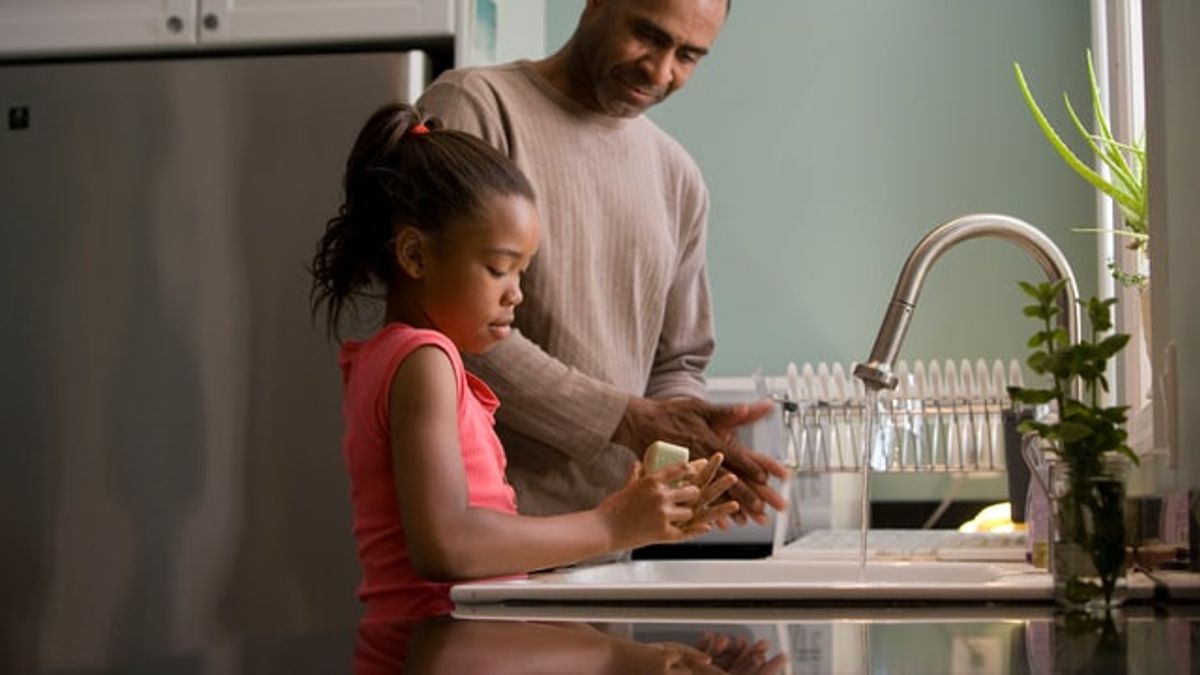JAKARTA - Given the importance of maintaining cleanliness amid the spread of the corona virus, parents must ensure that their children wash their hands more often. For some parents, a simple warning can increase their little one's awareness to wash their hands. However, for some children with disabilities such as autism, hand washing may be a skill that is still being learned. For these children, providing simple reminders may not be enough.
Launching the Child Mind Institute, Monday, February 21, the following is a brief overview for parents on how to teach children to wash their hands.
Break down how to wash your hands into a few simple steps
Break down how to wash your hands into small, sequential steps that can be taught individually. Focus on learning small steps that may be easier for your child than learning all the steps at once. For example, hand washing can be broken down like this:
Hand Washing Steps
Turn on the faucet
wash hands
Put soap on hand
Rub hands, front and back together
rinse hands
Turn off the faucet
Dry hands
Create a visualization of hand washing
After breaking down the steps for washing your hands, consider creating a visual schedule that includes pictures for each step. Place this schedule near the sink so your child can see it while practicing handwashing.
Make preparations before starting to practice
Before practicing hand washing, make sure you have all the materials you will need. Includes hand soap, small stool (if necessary), hand towel and hand washing poster. Place these items in the same location each time you practice, so your child can focus on learning each step. They will be more motivated to practice and can learn faster. Give encouragement and motivation including praise.
Teach using hints
Start by providing clear and concise directions for hand washing. Teach children the steps by using clues such as;
Verbal commands: Tell children what they have to do specifically. For example, reminding your child to turn on the faucet by saying, “Turn on the faucet.”
Modeling with behavior: Showing your child how to complete a step. For example, demonstrating how to rub your hands by rubbing your hands together in line with your child's line of sight, saying, "Rub your hands."
Cue commands: Give cues to help your child understand the relevant material needed to complete a step. For example, you might point to the soap and say, "Put the soap on your hands."
Physical encouragement: Physical encouragement can be done by setting an example by guiding the child's hand to turn off the faucet, for example.
Physical encouragement involves you guiding your child to complete part of the handwashing step. (Such as moving your child's arm toward the water, but not guiding your child to rinse their hand.)
The English, Chinese, Japanese, Arabic, and French versions are automatically generated by the AI. So there may still be inaccuracies in translating, please always see Indonesian as our main language. (system supported by DigitalSiber.id)









